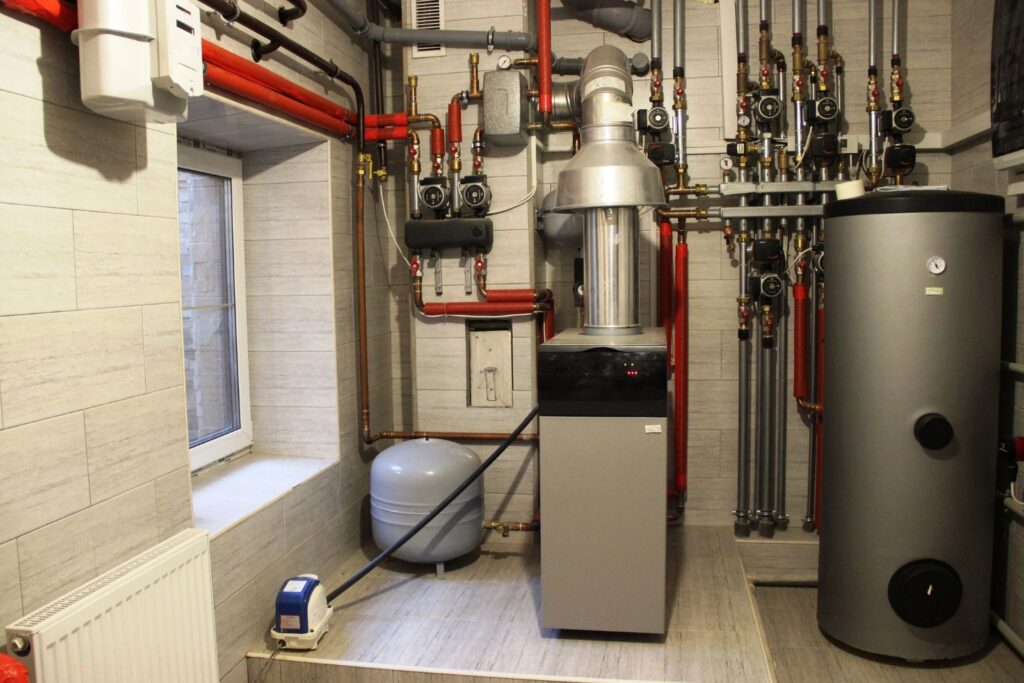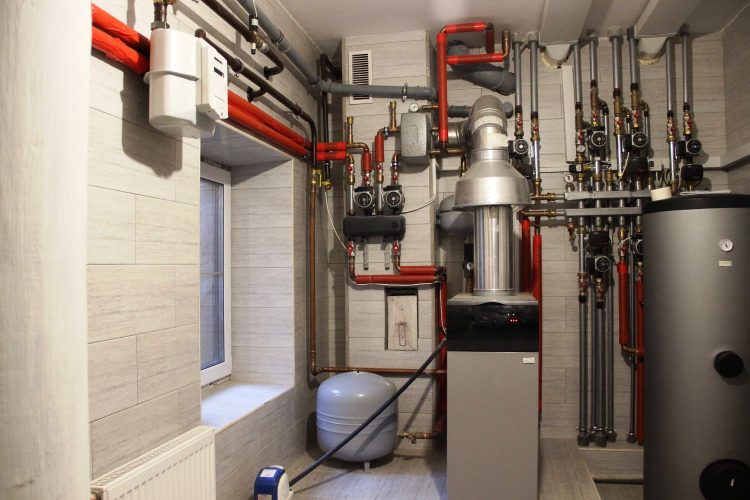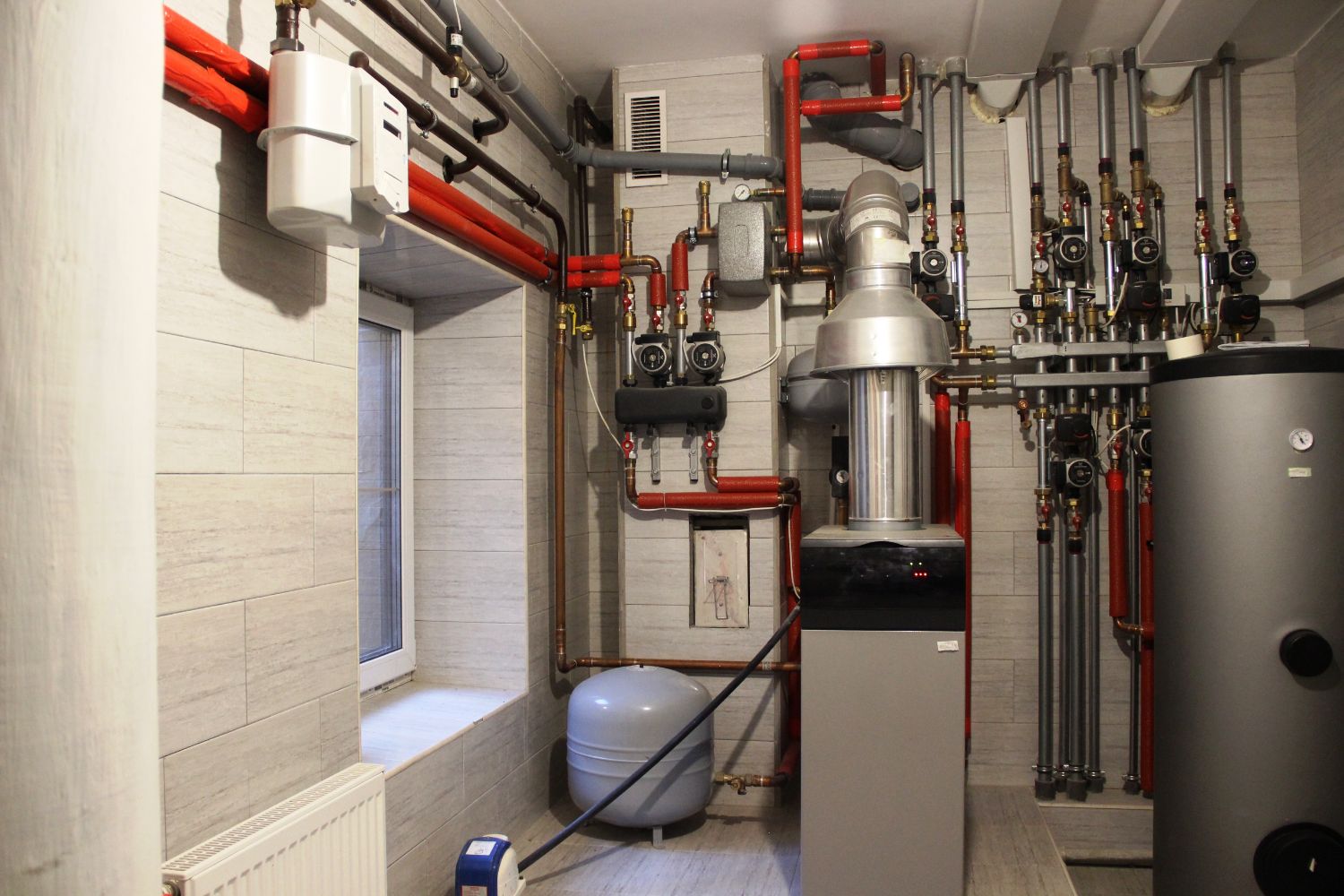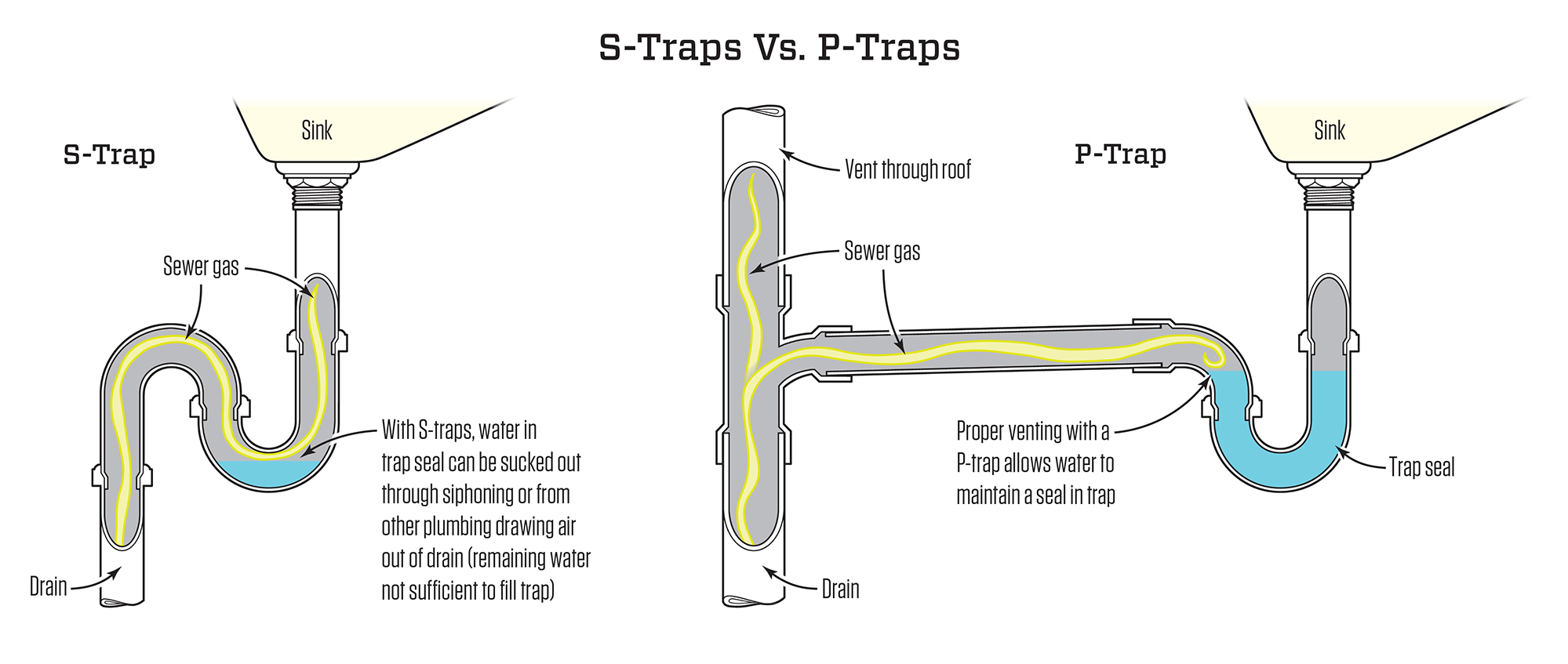As a plumbing professional here in Boise, I get asked a lot of questions about water heaters. One that seems to come up fairly often is about the importance of a water heater expansion tank. If you’re reading this, chances are you’ve heard about it and want to know what it really does – and whether you need one for your home. Let’s break it down in simple terms so that you can make an informed decision for your own plumbing system.
What is a Water Heater Expansion Tank?
A water heater expansion tank is a small device that connects to your water heater. It’s typically attached to the cold-water supply line and is designed to absorb excess pressure in your plumbing system. You might be thinking, “Why do I need that?” Well, let me explain in more detail.
When water heats up, it expands. Normally, this isn’t an issue because water has room to flow freely. However, in modern homes, we usually have a “closed” plumbing system. This means the water is contained within pipes that don’t have an easy outlet for expansion. As your water heater heats the water, it increases in volume. Without somewhere for that extra water to go, the pressure builds up. That’s where the expansion tank comes in – it provides that extra space to absorb the increased pressure.

Why is an Expansion Tank Important?
Now, why does this matter? You see, when pressure builds up in your plumbing system, it can cause a number of issues. The most obvious one is that high pressure can lead to burst pipes. Over time, that extra pressure can also damage your water heater, valves, and other parts of your plumbing system. That’s an expensive fix that you’d want to avoid.
By installing a water heater expansion tank, you essentially give your plumbing system a safety valve. This tank catches the excess pressure and safely redirects it, which helps prevent potential damage to your pipes and water heater.
How Does a Water Heater Expansion Tank Work?
Let’s get into the mechanics of how this all works. When water is heated, it expands and creates more volume. This is where the expansion tank comes in.
The tank has an air bladder or diaphragm inside it that acts like a cushion. As the water in your system heats up and expands, it flows into the expansion tank, compressing the air bladder inside. This lets the pressure increase without putting strain on your pipes.
Eventually, the extra water will push air out of the tank through a valve. The air bladder then returns to its original position once the pressure normalizes. The beauty of this is that it prevents the pressure from building up in the rest of your plumbing system, protecting your pipes and water heater from damage.
Do You Need a Water Heater Expansion Tank?
This is the big question. Do you really need an expansion tank? The short answer is yes – especially if you have a closed plumbing system. The longer answer depends on several factors:
- Local Building Codes: In many places, including Boise, expansion tanks are required by law for homes with a closed-loop plumbing system. They’re often mandated when a backflow prevention valve or pressure-reducing valve is present.
- Plumbing System Type: If you have an older or more complex plumbing system, the expansion tank can really save you from unexpected repairs. Even if you don’t have code requirements, it’s a smart investment for peace of mind.
- Water Heater Lifespan: Thermal expansion can reduce the lifespan of your water heater. By reducing the pressure on your water heater, an expansion tank helps prolong its life, saving you money in the long run.
How is a Water Heater Expansion Tank Installed?
Installing an expansion tank is not something you want to do yourself unless you’re a professional plumber. It’s important to install it correctly, as improper installation can lead to more problems than it solves.
Typically, an expansion tank is installed on the cold-water supply line, close to the water heater. The tank is connected to the plumbing system using special fittings. It’s crucial to install the right size tank for your home’s water system, as using one that’s too small or too large won’t be as effective. This is where having a professional plumber, like myself, come in can make all the difference. We’ll make sure your expansion tank is the right size and installed properly for optimal performance.
Types of Water Heater Expansion Tanks
There are two common types of expansion tanks: compression tanks and bladder tanks. Here’s what you need to know:
- Compression Tanks: These tanks have a steel shell with an air chamber inside. They’re durable and effective, but they can be bulky and harder to install.
- Bladder Tanks: These tanks have a flexible rubber diaphragm that separates the air from the water. They’re more compact and easier to install, but they might not last as long as compression tanks.
Both types of expansion tanks serve the same purpose, but you’ll need to choose the one that best fits your system. A professional plumber can help you decide which type is right for your water heater.
When Should You Replace Your Expansion Tank?
Like most plumbing components, your expansion tank will eventually wear out. Over time, the rubber bladder or diaphragm inside the tank can break down, or the tank itself might start to leak. If you notice signs of corrosion, rust, or a drop in water pressure, it may be time to replace your expansion tank.
On average, expansion tanks last about 5 to 10 years. However, if yours is older than that or you’re noticing issues, it’s probably time for an upgrade. You don’t want to wait until it’s too late, as that could result in expensive repairs for your water heater or plumbing system.
The Benefits of Installing an Expansion Tank
Let’s recap the major benefits of installing a water heater expansion tank:
- Prevent Damage to Plumbing: The expansion tank absorbs excess pressure, preventing your pipes from bursting and your water heater from breaking down.
- Increase Safety: Excess pressure can cause accidents or even water damage. The expansion tank helps keep your home safe from these risks.
- Extend the Life of Your Water Heater: By reducing the pressure on your water heater, the expansion tank helps it last longer, saving you money on repairs and replacements.
- Reduce Stress on the Plumbing System: With the extra pressure redirected to the expansion tank, your entire plumbing system is under less strain, which helps it last longer.
- Save Money on Energy: A properly functioning expansion tank helps prevent the pump from overworking, reducing energy consumption and lowering your utility bills.
Final Thoughts on Water Heater Expansion Tanks
At MyBoisePlumbers, we believe in taking proactive steps to keep your plumbing system running smoothly. Installing a water heater expansion tank is one of the smartest ways to protect your home’s plumbing and save money in the long run. Whether you’re building a new home, upgrading your current system, or simply want peace of mind, an expansion tank is a small investment that pays off big.
If you’re not sure if your water heater needs an expansion tank, or if you need help with installation, give me a call. I’m Ted B. White, and I’ve been serving the Boise area for over 20 years, ensuring that homeowners like you get the most out of their plumbing systems.
Contact Us Today!
Ready to make sure your water heater and plumbing system are protected? Call us at MyBoisePlumbers for expert advice and installation. Let’s keep your plumbing running smoothly – no surprises!







